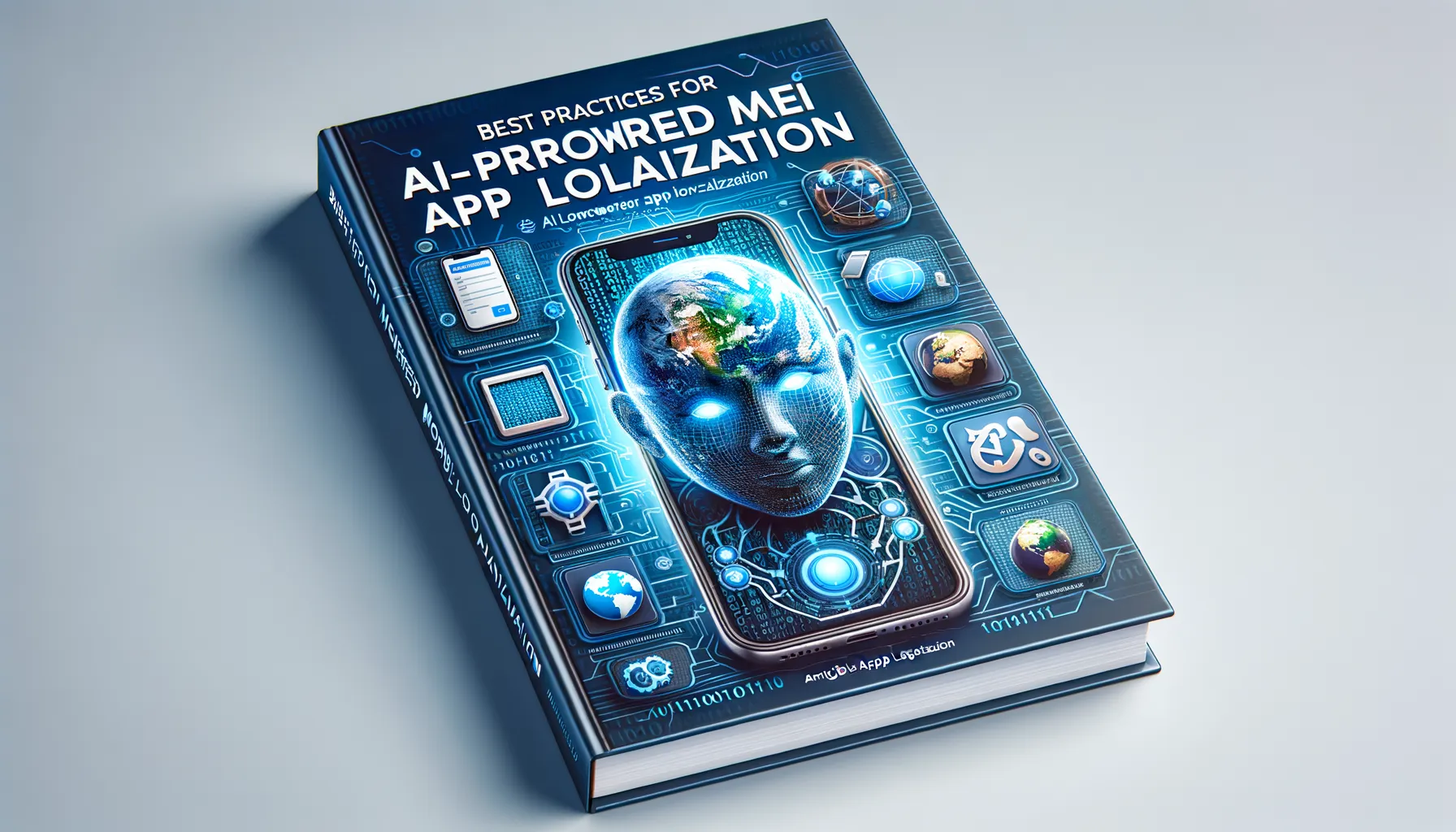Understanding Mobile App Localization and Its Importance
What Does Mobile App Localization Really Mean?
Imagine downloading a shiny new app only to find it speaking a language you barely understand or using phrases that just feel… off. Disappointing, right? That’s why mobile app localization is such a game-changer. It’s not just about translating text; it’s about adapting the entire user experience—language, culture, visuals, and even humor—to a specific audience.
Localization turns an app from something generic into something intimate and engaging. For instance, an emoji commonly used in one country might mean something entirely different elsewhere (yes, that innocent hand gesture might spark some unintended giggles). A localized app feels like it belongs to your world—it speaks your language, understands your holidays, and even knows how you like your currency displayed.
- Localized content builds trust: Users stick around longer when apps feel tailored to them.
- Increases market reach: Why limit yourself to one region when you can connect with millions globally?
- Boosts revenue: People are more likely to purchase in their native language. Facts speak louder than words!
Why It Matters More Than Ever
The truth is, we live in a hyper-connected and culturally diverse world. Not investing in localization is like shouting into a crowded room without a microphone—it’s easy to get drowned out. Mobile users today expect apps to feel personal, meaningful, and, above all, effortless to use. When done right, localization makes your app irresistible, like a warm cup of tea on a rainy day.
Think of the last time you used a global app like Netflix or Spotify. Did you notice how seamlessly they adapt to your preferences, from local song playlists to movie genres unique to your country? That’s the magic of proper localization. By making your app feel “at home” for users, you’re essentially rolling out the red carpet to welcome them. And who doesn’t love feeling valued?
The Role of Artificial Intelligence in Localization

How AI Transforms the Localization Landscape
Picture this: your mobile app is ready to soar across the globe. But wait—how do you make a user in Tokyo feel as connected as one in Toronto? Enter Artificial Intelligence (AI), the hero of modern localization. Think of AI as your multilingual, hyper-efficient teammate who never sleeps.
AI isn’t just translating words; it’s bridging cultures. It uses Natural Language Processing (NLP)From Repetitive Tasks to Cultural Nuances
Localization often involves tackling the mundane: But with AI? These tasks become as smooth as a well-oiled engine, freeing you to focus on creative strategy. Beyond that, AI systems analyze data constantly—like what phrases resonate most in certain regions—so your app speaks to users in a way that feels like home. AI localizes at lightning speed without sacrificing nuance, turning a daunting process into one that feels almost magical. Let’s face it—there’s something magical about using an app that feels like it was handcrafted just for you. That’s the goal of mobile app localization, but here’s where things get interesting: when AI steps in. To leverage AI effectively, treat it like a tool that enhances creativity, not replaces human intuition. For starters, always include native speakers in your QA process. AI might dazzle with speed, but it lacks the subtlety to capture local humor, cultural nuances, or that quirky saying only your audience in Tokyo will get. A quick win? Use AI for initial drafts, and let humans polish the final product till it shines. But remember, consistency is key! Nothing screams “bad translation” louder than mismatched phrases across your app screen. Use AI tools that can centralize glossaries and maintain brand voice—think of them as your linguistic glue, holding it all together. Localization isn’t just swapping words; it’s orchestrating multiple moving parts. Set up automation pipelines so your app’s text updates are seamless across languages. If your app pushes out weekly updates, AI can save hours of manual labor by syncing new content instantly. Here’s how: integrate AI-based translation tools directly into your development environment. When the code changes, translations do too—in real-time! It’s like having a personal assistant who never sleeps. Still unsure? Picture this: your app’s launch in Brazil is around the corner, and thanks to AI, your team can focus on perfecting marketing strategies while automated workflows churn out pristine Portuguese versions. Now that’s what I call efficiency with a dash of brilliance. Let’s face it—AI-driven localization isn’t all sunshine and roses. While it feels like magic to see an app translation happen in seconds, there are moments when things go hilariously (or disastrously) wrong. Picture this: your app’s cheerful “Hello, friend!” turns into “Greetings, comrade!” in Russian. Oops. It’s not just awkward; it can alienate users. One of AI’s biggest stumbling blocks is its struggle with cultural nuances. An algorithm might be great at swapping words, but local idioms? Humor? Subtle cultural sensitivities? That’s like asking a robot to understand sarcasm—it doesn’t always land. Some think AI equals cheaper and faster. But don’t be fooled. The hidden truth? There’s still a need for human oversight. Quality assurance, manual corrections, and adapting tone all take time and resources. Plus, training AI models to specialize in niche industries or rare languages can cost a small fortune. And then there’s the tech itself—sometimes clunky integrations with your app backend, occasional bugs, or compatibility issues that make you want to pull your hair out. Automation has its limits, and those limits tend to show up when you least expect them. The future of AI and mobile app localization feels like standing on the edge of an ever-expanding universe—there’s so much to explore! Imagine a world where your favorite apps understand not just your language, but the cultural nuances that make it feel like home. This is what next-gen AI promises. What’s on the horizon? Expect a leap from simple text translations to deeply personalized experiences. AI is learning to interpret slang, idioms, and even regional humor. For example, a fitness app in the UK might say “Smash your workout!” while its US counterpart opts for “Crush it today!” Some trends coming into focus are: Here’s the game-changer: context-aware localization. In the future, AI won’t just talk to you; it’ll understand you. Mobile apps might adjust visuals, recommendations, or even legal language to match cultural sensitivities without skipping a beat. Think of a food delivery app showing regional dishes instead of generic fast-food options, or a financial tool tailoring advice based on local economic conditions. Such innovative possibilities will blur the line between global apps and local authenticity.
Best Practices for AI-Powered Mobile App Localization

Humanizing AI Translation for Emotional Connection
Streamlining Workflows with Automation
Challenges and Limitations of Using AI in Localization

When AI Misses the Mark
The Hidden Costs of Automation
Future Trends in AI and Mobile App Localization

AI-Powered Language Insights: What’s Coming Next?
Hyper-Contextual User Experiences
